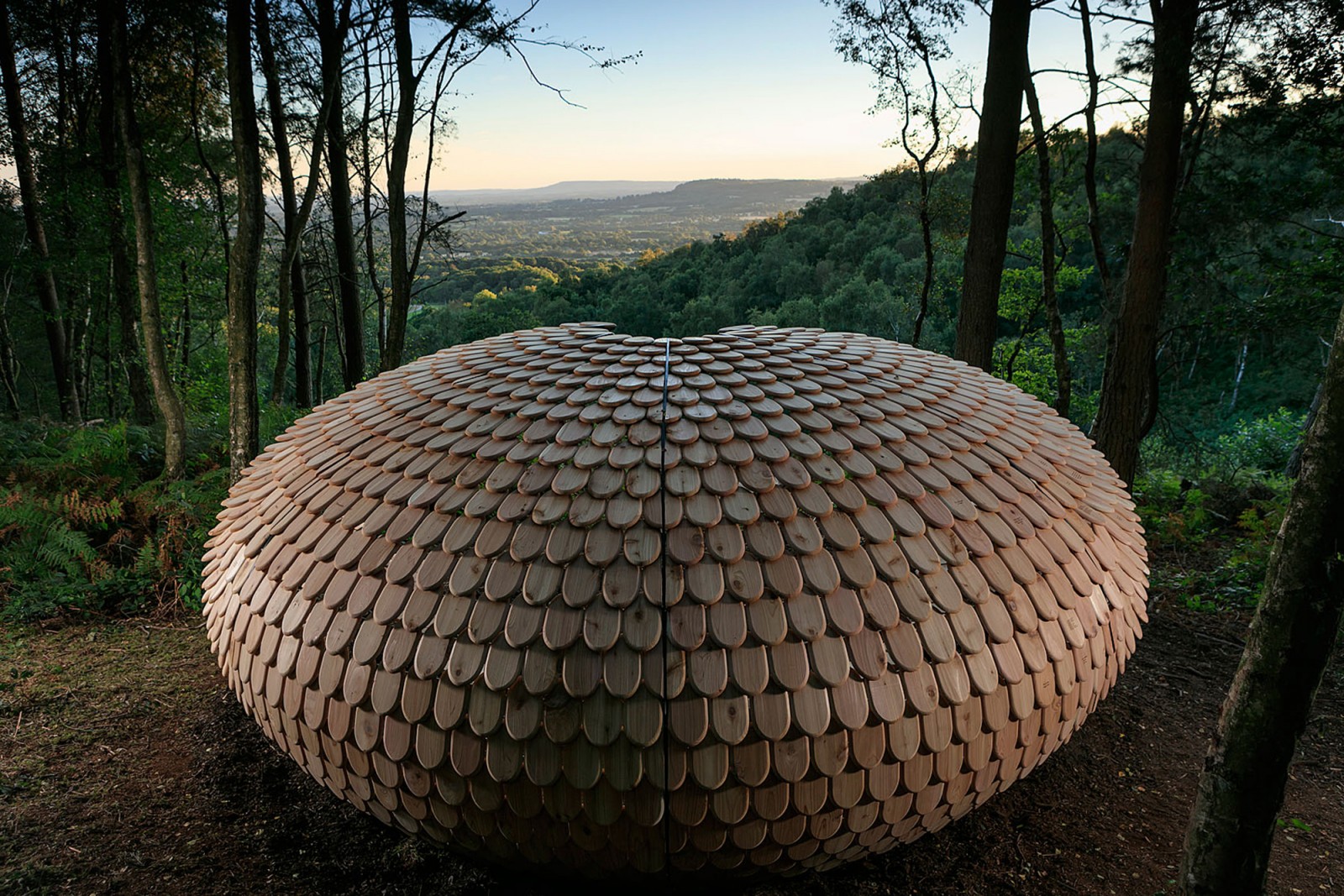SYMMETRY
21-08-2024SYMMETRY
The natural environment typically contains abundant forms of symmetry. Symmetry in design can be considered a biophilic element, as it mirrors the balance and order found in natural forms. From the bilateral symmetry of leaves to the radial symmetry of flowers, the prevalence of symmetry in the natural world aligns with the human biophilic response (Kellert, 2008). Integrating symmetrical patterns into design inspired by nature may enhance the biophilic qualities of spaces, promoting a sense of tranquillity, visual coherence, order and overall well-being which may amplify the sense of connection to nature within built environments.
Numerous studies in cognitive psychology have demonstrated that humans possess a natural inclination towards symmetrical patterns, which are processed more efficiently than asymmetrical ones (Machilsen et al., 2009; Tyler et al., 2005). Symmetry facilitates the brain’s ability to organize visual information, leading to quicker recognition and enhanced aesthetic appreciation (Makin et al., 2017).
Symmetry is consistently associated with aesthetic preference across diverse domains, including architecture, art, and product design (Reber et al., 2004; Jacobsen et al., 2006). Aesthetic appeal, in turn, is linked to positive emotional responses. Symmetrical designs are often perceived as harmonious, balanced, and pleasing, evoking feelings of calmness and satisfaction (McManus et al., 2011; Barlow and Reeves, 1979).
Research suggests that the preference for symmetry in design transcends cultural boundaries, indicating a potential universality in its positive effects on human perception (Rhodes, 2006; Jakesch et al., 2011).
Given the positive cognitive and affective responses to symmetrical design, the integration of symmetry in various practical applications, such as architecture, urban planning, and user interface design, holds potential benefits for user experience and satisfaction (Conway and Kriegeskorte, 2010; Todorovic, 2006). Incorporating symmetrical elements may enhance overall aesthetic appeal and contribute to the creation of more engaging and positive environments.
